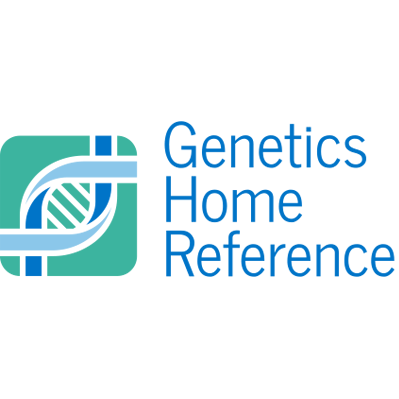
Hyaline fibromatosis syndrome is a disorder in which a clear (hyaline) substance abnormally accumulates in body tissues. This disorder affects many areas of the body, including the skin, joints, bones, and internal organs. The severity of the signs and symptoms of hyaline fibromatosis syndrome fall along a spectrum. In more severe cases (previously diagnosed as infantile systemic hyalinosis), signs and symptoms are present at birth or begin within the first few months of life and can be life-threatening. In milder cases (previously diagnosed as juvenile hyaline fibromatosis), signs and symptoms begin in childhood and affect fewer body systems.
One of the main features of hyaline fibromatosis syndrome is the growth of noncancerous masses of tissue (nodules) under the skin, very commonly on the scalp. In more severely affected individuals, nodules also grow in the muscles and internal organs, causing pain and complications. Some severely affected individuals develop a condition called protein-losing enteropathy due to the formation of nodules in their intestines. This condition results in severe diarrhea, failure to gain weight and grow at the expected rate, and general wasting and weight loss (cachexia).
Another common feature of hyaline fibromatosis syndrome is painful skin bumps that frequently appear on the hands, neck, scalp, ears, and nose. They can also develop in joint creases and the genital region. These skin bumps are described as white or pink and pearly. They may be large or small and often increase in number over time.
In some affected individuals, especially those with more severe signs and symptoms, the skin covering joints, such as the ankles, wrists, elbows, and finger joints, is unusually dark (hyperpigmented). Hyaline fibromatosis syndrome is also characterized by overgrowth of the gums (), and some affected individuals have thickened skin.
Joint stiffness and pain are common in hyaline fibromatosis syndrome, and many affected individuals develop joint deformities called contractures that limit movement. By adulthood, some people with the condition require a wheelchair for mobility. Bone abnormalities can also occur in hyaline fibromatosis syndrome.
Although individuals with hyaline fibromatosis syndrome have severe physical limitations, mental development is typically normal. People with milder signs and symptoms live into adulthood, while the most severely affected individuals often do not survive beyond early childhood due to chronic diarrhea and recurrent infections.
